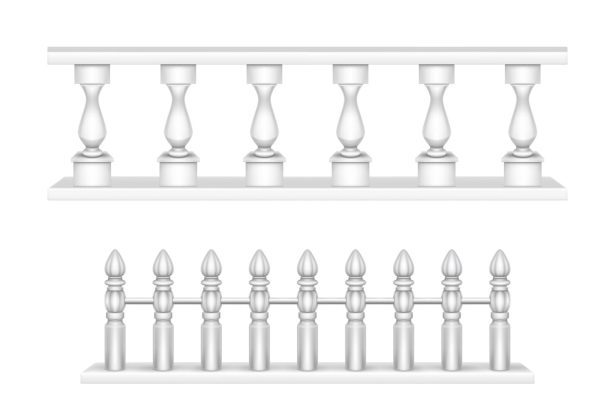Introduction
When renovating or building a home, selecting the right flooring for kitchens and bathrooms is crucial. These areas are high-traffic zones in any house and face unique challenges, such as moisture, spills, and frequent cleaning needs. The right flooring combines functionality, durability, and aesthetic appeal to enhance these essential spaces.
Types of Flooring Options
A variety of flooring options are available in the market, each with its own set of benefits and drawbacks. It’s important to understand these to make an informed decision.
Ceramic and Porcelain Tile
Ceramic and porcelain tiles are popular choices for both kitchens and bathrooms. They are known for their durability, water resistance, and easy maintenance. However, they can be cold underfoot and slippery when wet, unless treated with a non-slip finish.
Vinyl Flooring
Vinyl flooring offers a balance of practicality and style. It’s water-resistant, affordable, and available in a wide range of designs. On the downside, it can be prone to scratches and may not add as much value to your home as other types of flooring.
Natural Stone
Natural stone, including options like marble, granite, and slate, brings a luxurious feel to any space. Each piece is unique, adding character to your kitchen or bathroom. However, natural stone requires regular sealing and can be expensive.
(Continuing in the next part…)
Continuing with the article:
Hardwood and Engineered Wood
Hardwood and engineered wood add warmth and elegance to kitchens and bathrooms. While traditional hardwood may be susceptible to moisture damage, engineered wood can offer greater stability and water resistance, making it a more suitable option for these environments.
Laminate Flooring
Laminate flooring is a cost-effective alternative that mimics the look of real wood or stone. It’s easy to install and maintain, but it’s not as water-resistant as other options, making it less ideal for bathrooms.
Factors to Consider When Choosing Flooring
Choosing the right flooring involves considering several factors:
- Durability: The flooring should withstand heavy foot traffic and potential impacts.
- Water Resistance: Especially important in bathrooms, where moisture is a constant factor.
- Maintenance: Opt for flooring that is easy to clean and maintain.
- Aesthetics: The flooring should complement the overall design of the space.
- Safety: Non-slip options are preferable in wet areas.
Installation and Cost Considerations
The cost of flooring can vary widely, depending on the material and installation process. Professional installation ensures quality but adds to the overall expense. Some homeowners opt for DIY installation to save costs, but this can be challenging with certain types of flooring.
Trends in Kitchen and Bathroom Flooring
Current trends include large-format tiles, waterproof laminate, and eco-friendly materials. These trends reflect a desire for modern, practical, and sustainable flooring solutions.
Eco-Friendly Flooring Options
Eco-friendly flooring, such as bamboo, cork, and recycled materials, is becoming increasingly popular. These options are not only sustainable but also offer unique aesthetics and comfort.
Maintenance Tips for Flooring
Proper maintenance can extend the life of your flooring. Regular cleaning, immediate spill cleanups, and avoiding harsh chemicals are key to keeping your floors looking their best.
Common Mistakes to Avoid
Avoid choosing flooring based solely on appearance. Consider the specific needs of the space, and beware of opting for materials that are not suited to high-moisture environments.
Expert Opinions
Consulting with industry professionals can provide valuable insights into the best flooring options for your specific needs and help you avoid common pitfalls.
FAQs
- What is the most durable flooring for kitchens?
- Porcelain tile and high-quality vinyl are among the most durable options.
- Can hardwood be used in bathrooms?
- While traditional hardwood is not recommended, engineered wood designed for moisture resistance can be a suitable choice.
- How important is water resistance in bathroom flooring?
- Extremely important to prevent water damage and mold growth.
- Are there eco-friendly options that are also practical for kitchens and bathrooms?
- Yes, materials like bamboo and cork are both sustainable and suitable for these spaces.
- How can I reduce the cost of new flooring?
- Consider materials like laminate or luxury vinyl, and explore DIY installation options if you’re handy.
Conclusion
Selecting the right flooring for kitchens and bathrooms is a balance of practicality, style, and budget. Consider all factors carefully to ensure that your choice not only looks great but also meets the demands of these essential spaces.






